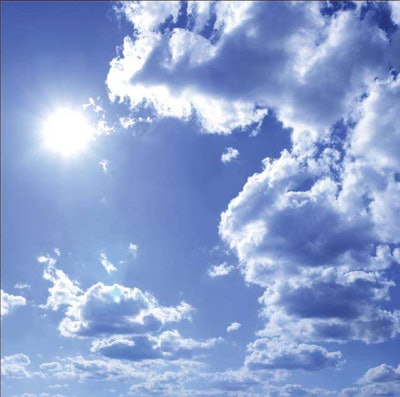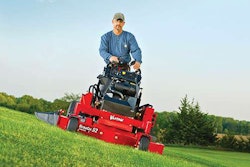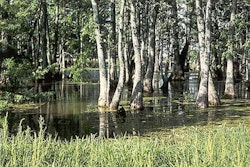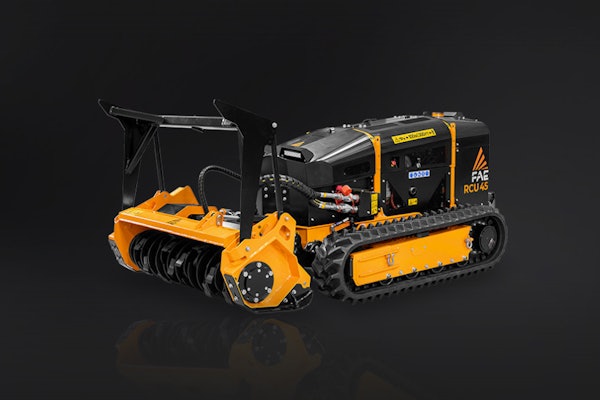 Photo: scienceblogs.com
Photo: scienceblogs.comSkin is an extremely vital part of your body and exposing it to the sun’s harsh rays can be costly.
Landscapers spend hour after hour, day after day exposed to the sun, and protecting your skin can be the difference in living happily or fighting for your life.
According to the American Cancer Society, more than 3.5 million cases of basal and squamous cell skin cancer are diagnosed in the United States every year.
Basal and squamous is a less-serious type of skin cancer than melanoma. Both cancers develop on sun-exposed areas of the skin. If detected early, the cancers can be cured.
However, those who have been diagnosed with melanoma don’t always see the same outcome.
The American Cancer Society predicts that more than 76,600 cases of melanoma will be diagnosed just for 2013.
The cancer is curable if detected in the very early stages. However, the cancer will account for 9,000 of the 12,000-plus skin cancer deaths each year.
Landscapers should be aware of the facts and know that crews need to be wearing protective clothing, wide-brimmed hats and sunscreen to avoid the sun.
Here are some signs and prevention tips from the American Cancer Society:
Signs/Symptoms:
- Any change on your skin, especially in the size or color of a mole, growth, or spot, or a new growth (even if it has no color)
- Scaliness, oozing, bleeding, or a change in the way a bump or nodule looks
- The spread of pigmentation (color) beyond its border, such as dark coloring that spreads past the edge of a mole or mark
- A change in sensation, such as itchiness, tenderness, or pain
Prevention:
- Avoid direct exposure to the sun between 10 a.m. and 4 p.m. Teach children the shadow rule: if your shadow is shorter than you, the sun’s rays are at their strongest.
- Seek shade, especially in the middle of the day when the sun’s rays are strongest.
- Follow the Slip! Slop! Slap! and Wrap! rules:
- Slip on a shirt: Cover up with protective clothing to guard as much skin as possible when you are out in the sun. Choose comfortable clothes made of tightly woven fabrics that you cannot see through when held up to a light.
- Slop on sunscreen: Use sunscreen and lip balm with broad spectrum protection and a sun protection factor (SPF) of 30 or higher. Apply a generous amount of sunscreen (about a palmful) to unprotected skin at least 30 minutes before outdoor activities. Reapply every 2 hours and after swimming, toweling dry, or sweating. Use sunscreen even on hazy or overcast days.
- Slap on a hat: Cover your head with a wide-brimmed hat, shading your face, ears, and neck. If you choose a baseball cap, remember to protect your ears and neck with sunscreen.
- Wrap on sunglasses: Wear sunglasses with 100 percent UVA and UVB absorption to provide optimal protection for the eyes and the surrounding skin.
- Sunscreen doesn’t protect from all UV rays, so don’t use sunscreen as a way to stay out in the sun longer.
- Follow these practices to protect your skin even on cloudy or overcast days. UV rays travel through clouds.
- Avoid other sources of UV light. Tanning beds and sun lamps are dangerous. They also damage your skin.











